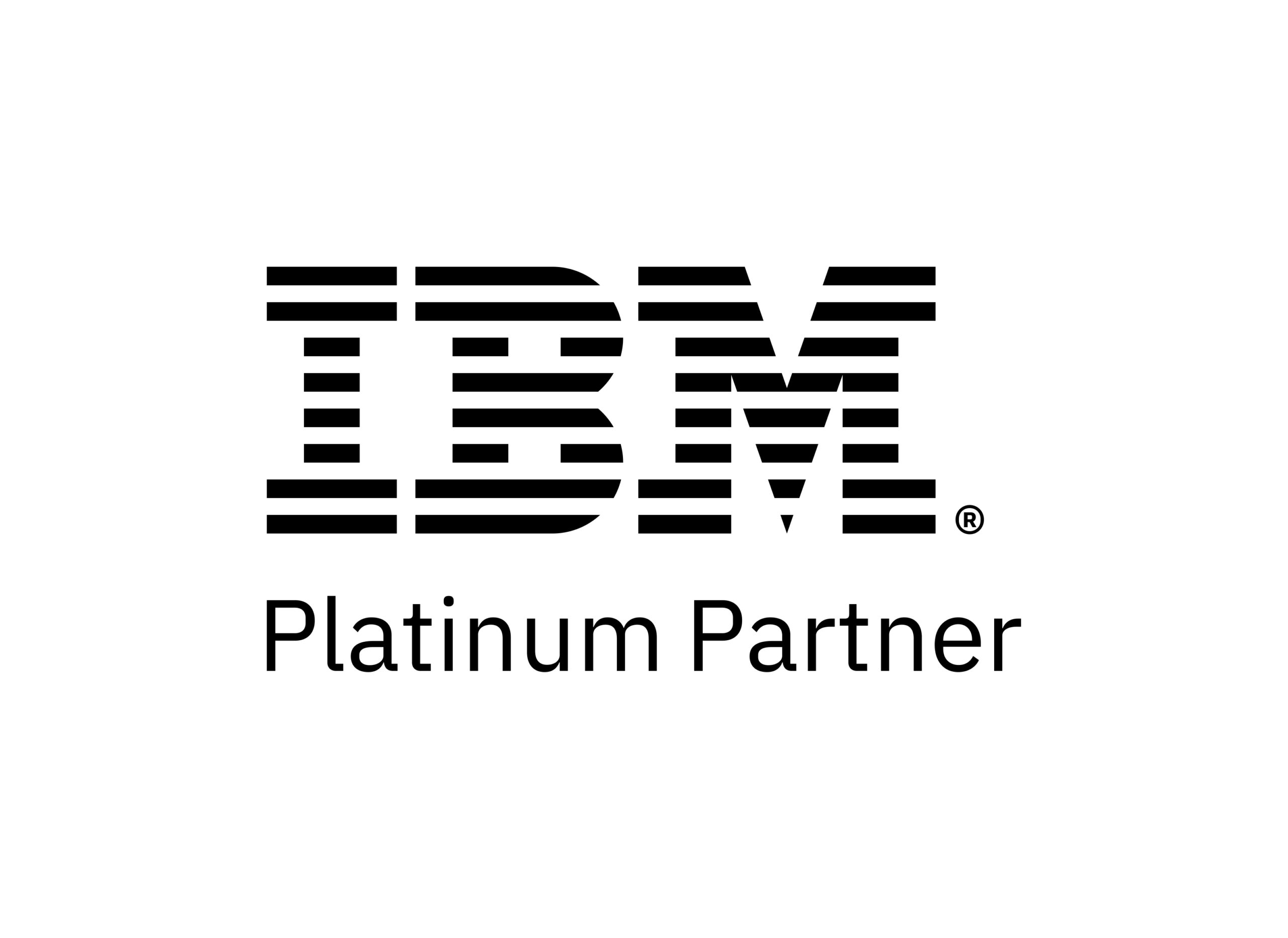Recap: Aspera HTTP Gateway Live Event

As we think about a traditional Aspera transfer from a user or system perspective, Aspera is found on both ends of the transfer. Wherever they are in the world, a user can upload or download content from a data center or cloud, leveraging the Aspera Connect application on their machine and initiating a FASP transfer.
If a user is trying to transfer content with any sort of Aspera system and isn’t able to leverage Connect for any reason, this entire transfer process is unavailable. Previously, the transfer could not happen without having Aspera on both ends of the process. This can lead to many challenges, and there are quite a few use cases where it might even pop up as a blocker. Aspera has been developing a new technology solution to fix that roadblock.
Sections
Aspera HTTP Gateway Service
The new Aspera HTTP Gateway is a web service that can be deployed on-premise or in the cloud. It bridges an HTTPS transfer and a FASP transfer together. The HTTP Gateway acts “transparently” between a modern web browser and Aspera HSTS or AoC (SaaS), in conjunction with a supported Aspera web interface. This allows HTTPS uploads and downloads from a web browser without Connect, but still leveraging FASP under the hood for secure and accelerated transfers.
As mentioned before, this solves a big problem. In a typical transfer, FASP is implemented on both ends. If you can’t install Connect on one of the transfer’s ends, then the transfer can’t happen and it creates a problem. With HTTP Gateway, you add the layer as close as possible to the actual client.
How Does HTTP Gateway Work?
The client running the web browser is going to perform a standard HTTP request query to the HTTP Gateway web service. For a download, it’s going to be a simple GET. This will allow the download manager of the browser to handle the download like you would any kind of download done with a browser. There is no storage required at the HTTP Gateway layer, it is all in memory.
For an upload, there is no upload manager in the web browser. In this case, Aspera has implemented an HTTPS Web Socket between a JavaScript SDK on the client-side and the Gateway.
Key Features of the HTTP Gateway
As you consider HTTP Gateway and continue your education on this new product, there are a few key things you should remember and make note of:
- You can download a single file using the web browser download manager
- Download a package with one or multiple files as a single ZIP file using the download manager and preserving the structure
- You can upload one or multiple files and show progress in the Web UI
- Monitor and Manage HTTP Gateway-based transfers using Console
- HTTP Gateway supports filename Obfuscation and Supports Encryption-At-Rest
Being able to leverage the Aspera Enterprise set up for many different organizations — with or without Connect for your userbase — and being able to leverage the workflows that you have in place can be extremely valuable to your security models. It can also be good for the workflows that you do have in place.
To learn more about the Aspera HTTP Gateway, check out the live webinar recording and see a free demo of how it works. You can also reach out to PacGenesis, an IBM Gold-Status Partner, to find out how Aspera HTTP Gateway can help your workflows and connect your users across the world, no matter the distance or server.



